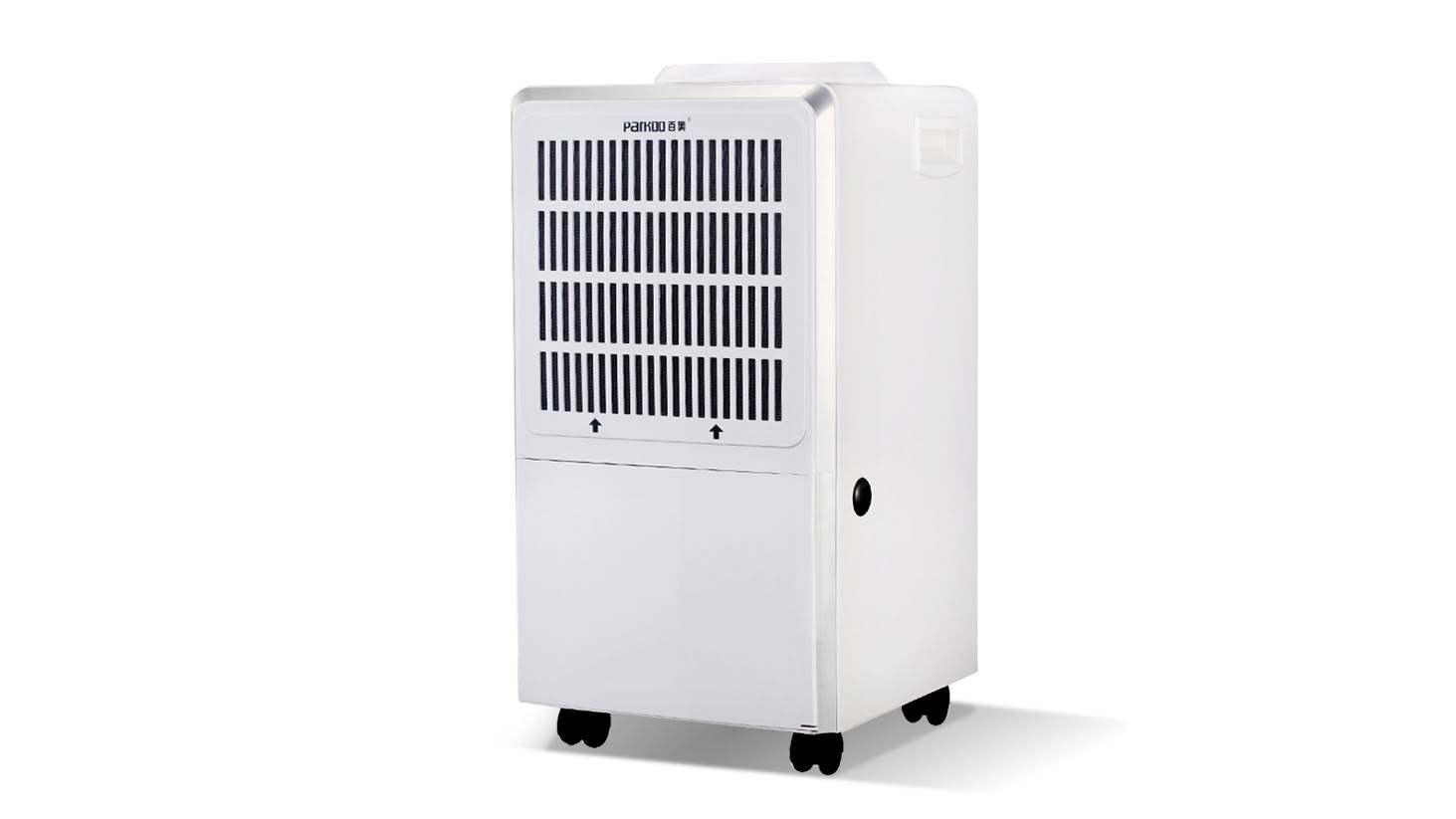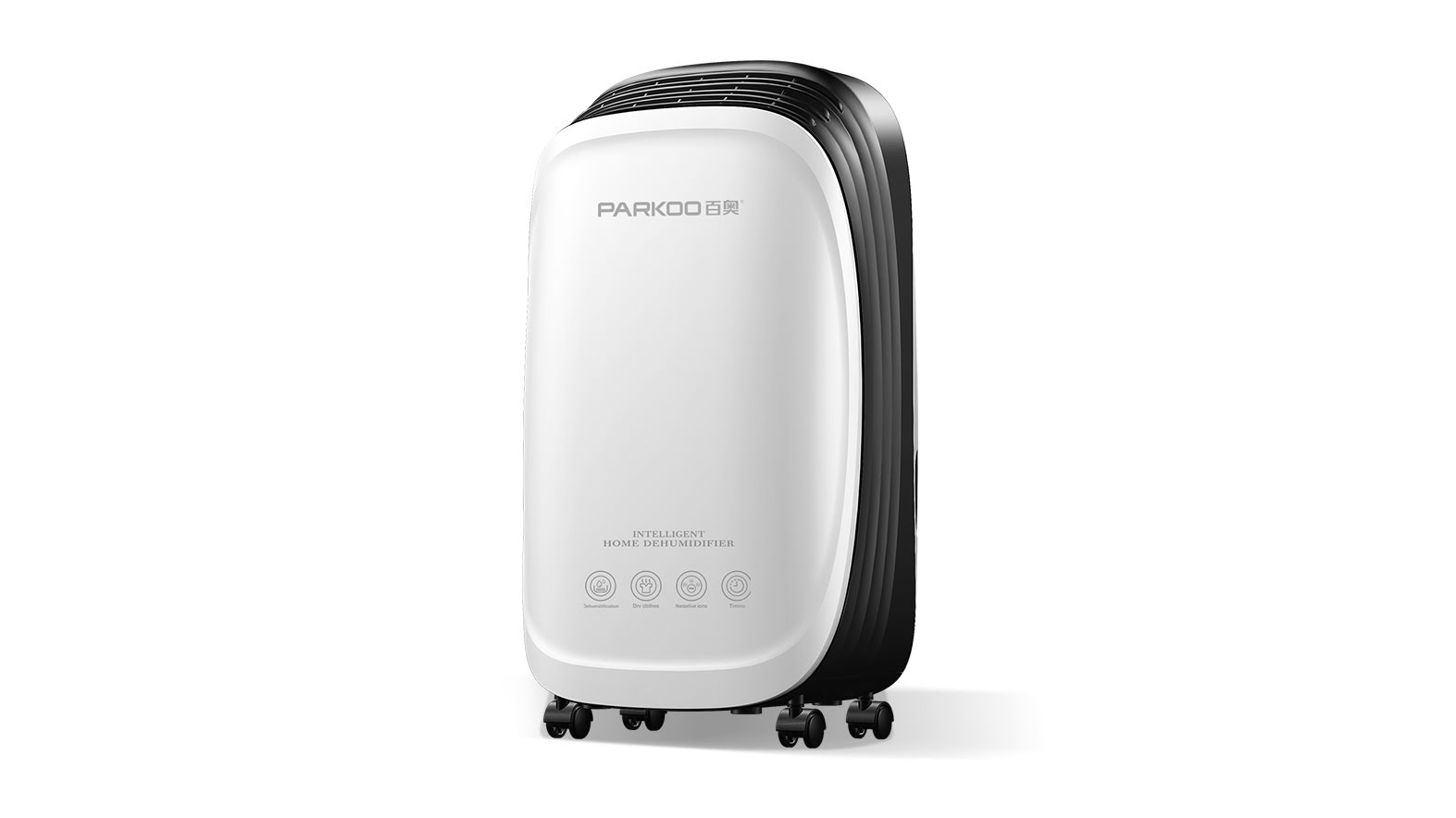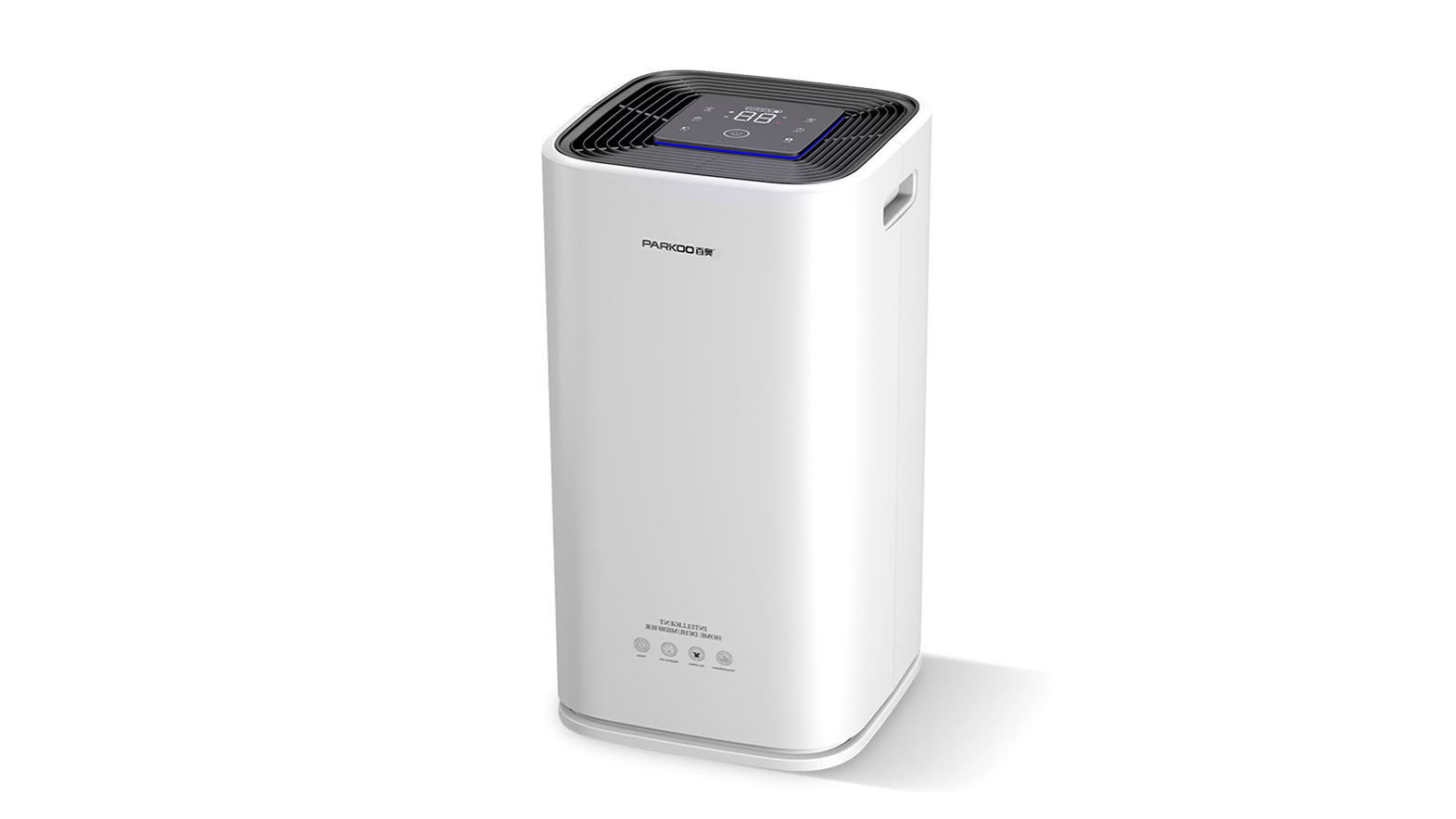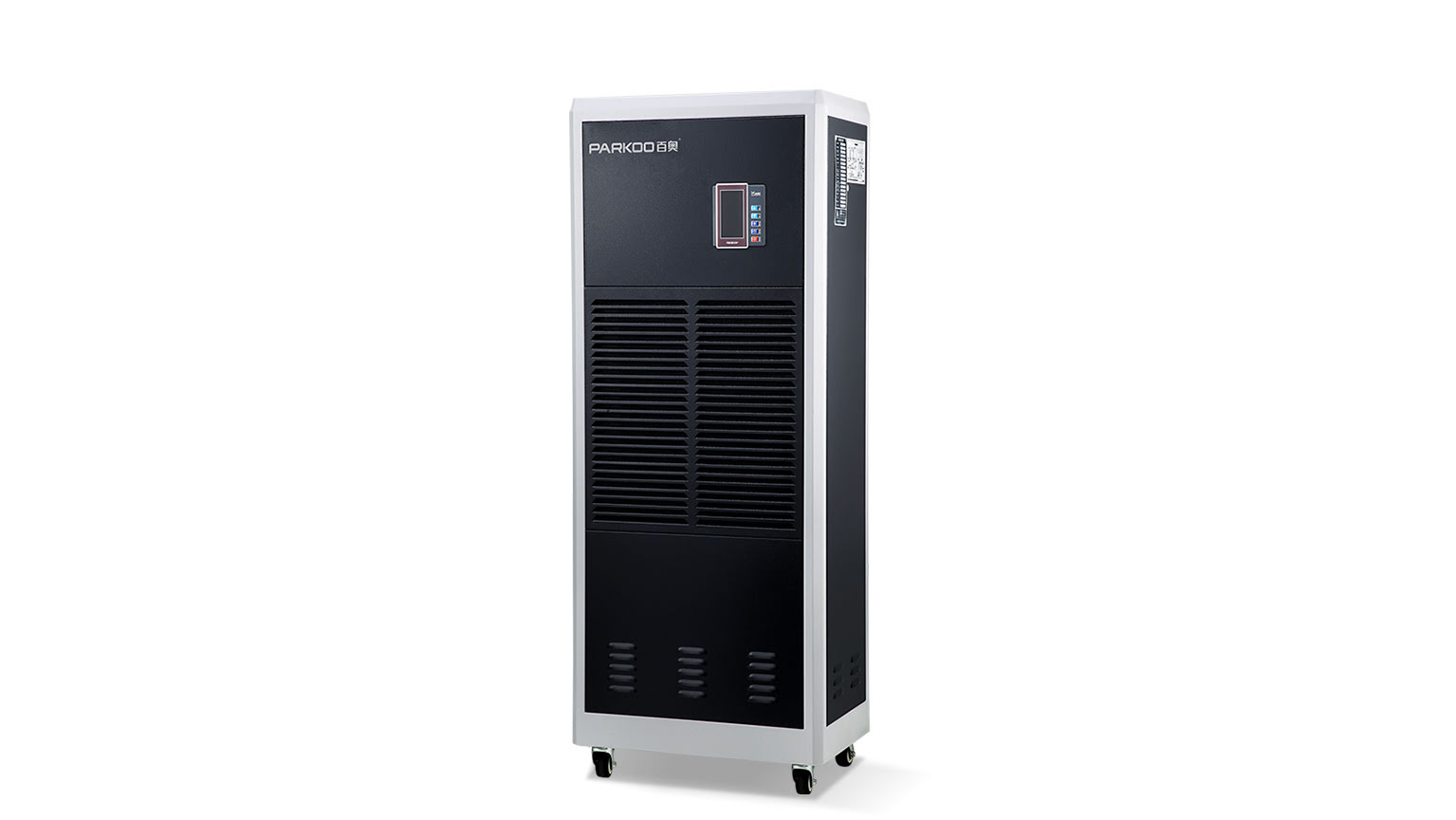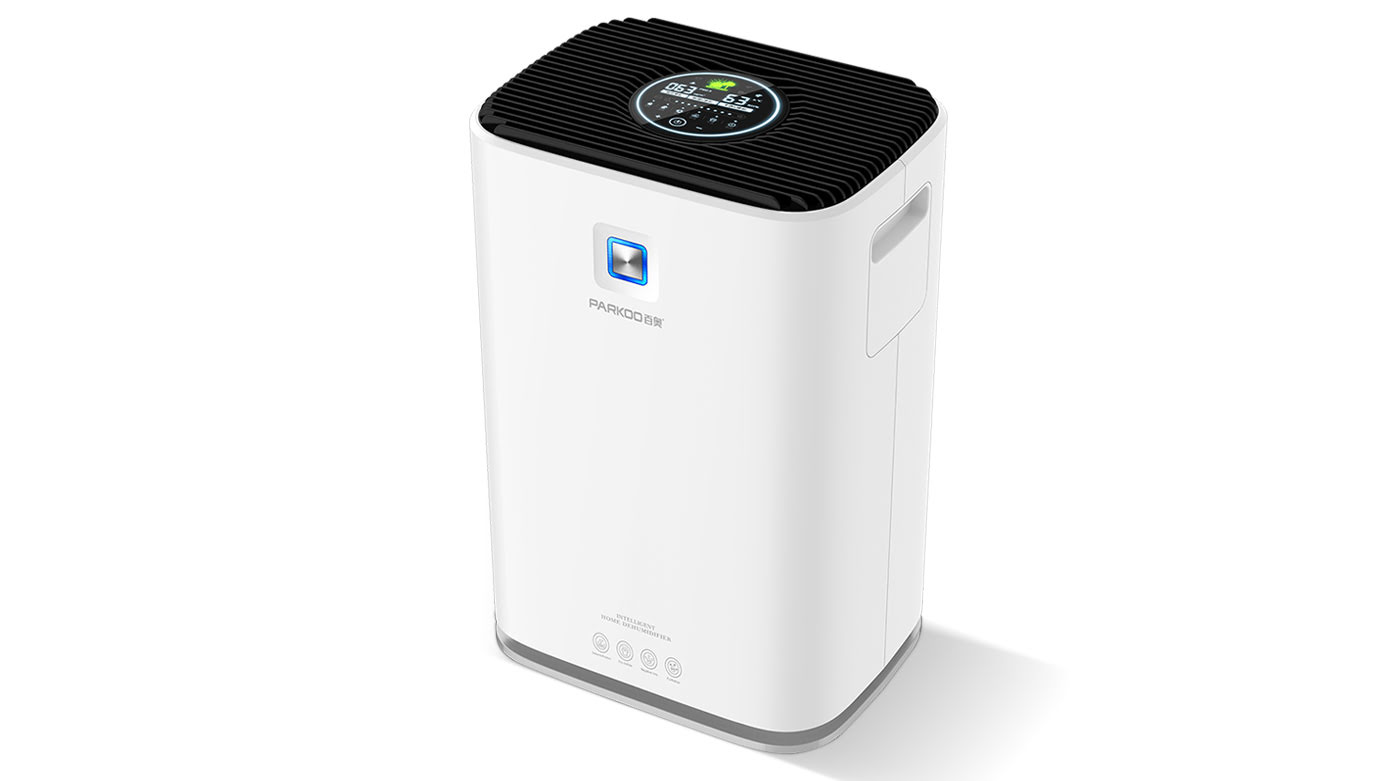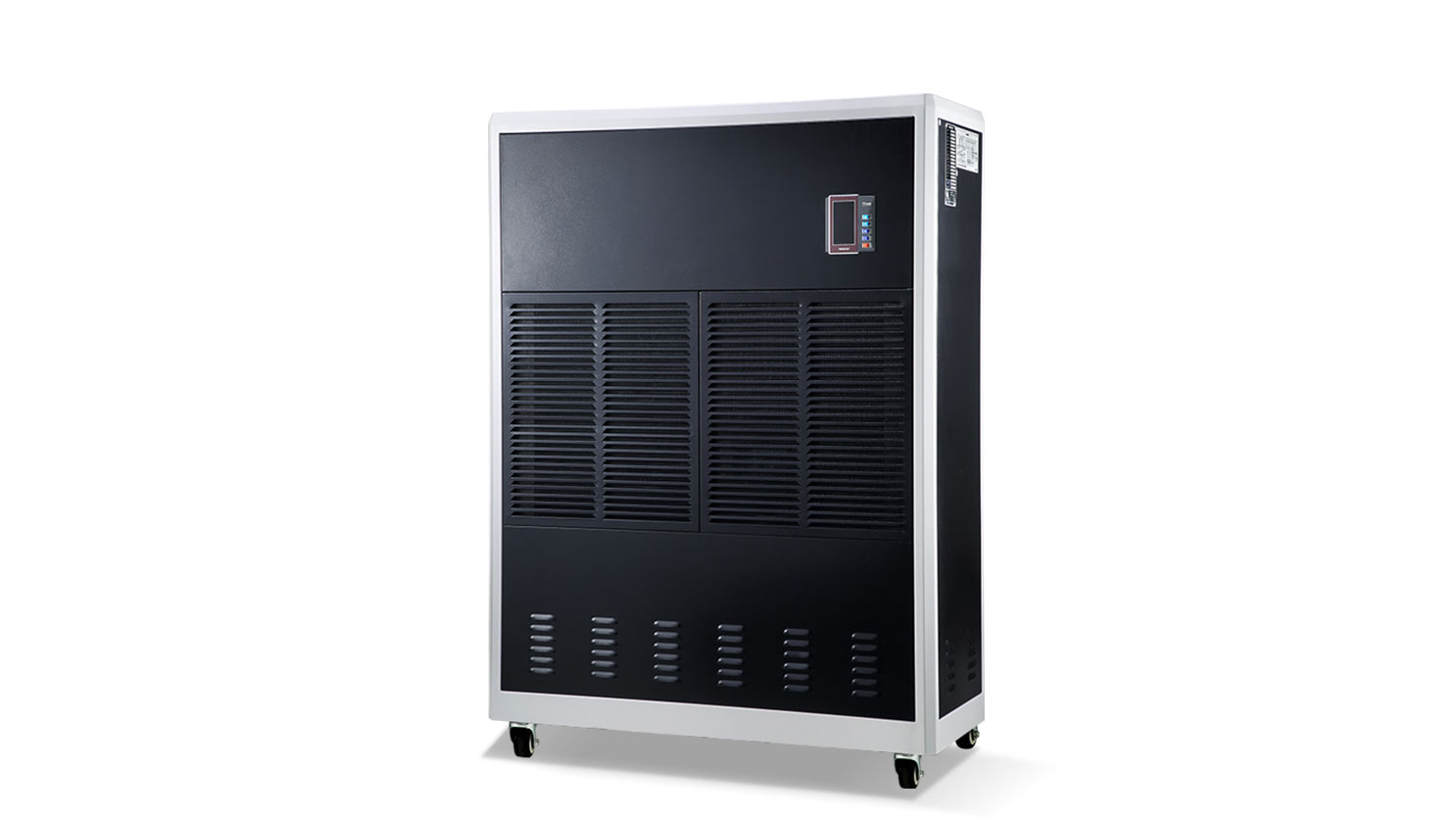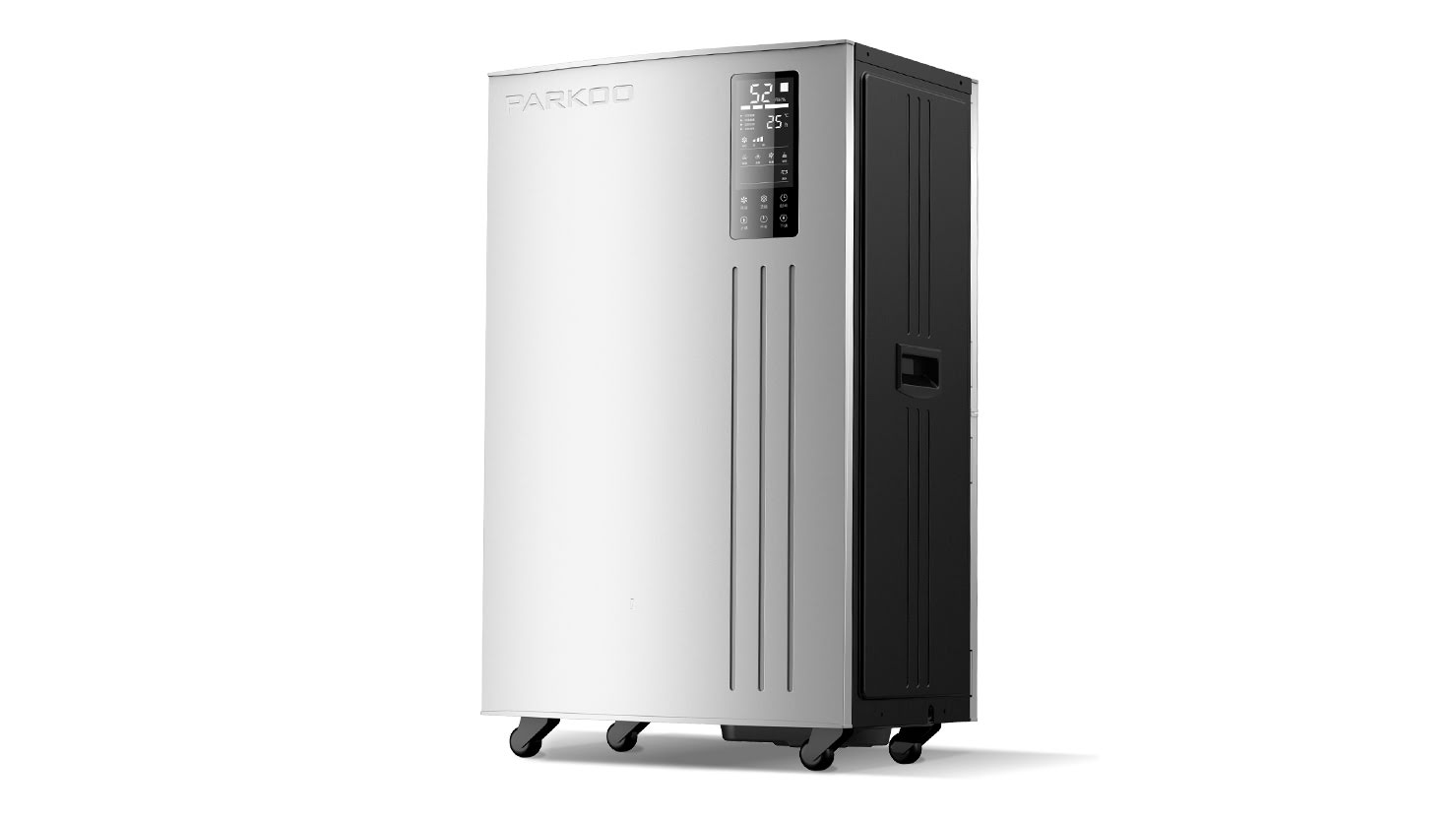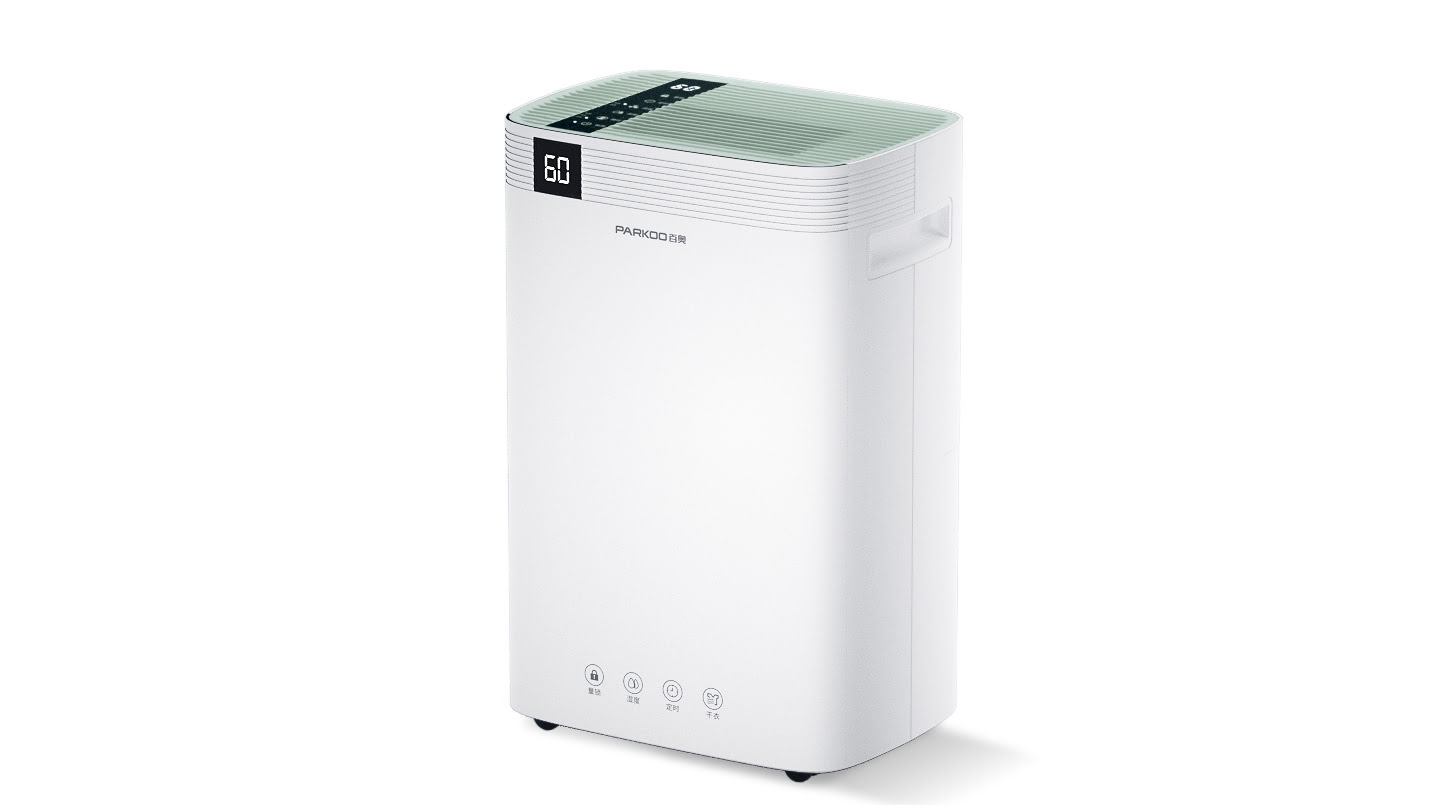when building a new house, it is an important Consideration to use a DehuMidifier to control the Moisture content in the air in the building. If the humidity is too high, it may Cause damage to the building structure over time and may lead to the Growth of mold and mold. these allergens and generally Poorly controlled humidity levels may have an impact on the Health of building residents and occupants. Too low water content will also have adverse Effects on building residents, resulting in dry skin, nosebleed and other symptoms
When planning humidity control strategies for buildings, it is Important to consider Appropriate air seals, water vapor barriers, and vapor diffusion strategies. The design of the entire building enclosure structure not only needs to Prevent moisture from entering the building, but also takes into account the moisture that escapes into the building. people and their activities (cooking, showering, drying clothes, etc.) are impoRTant sources of moisture, so proper ventilation is also important for Maintaining indoor humidity within an acceptable range
The impact of poor moisture control
Moisture can enter the building from the outside through heat transfer, airflow, and diffusion of building materials.
. during activities such as cooking and showering, Dampness may also occur inside the building. Poor humidity control can affect the effectiveness of insulation, Making temperature control more difficult. this will increase heating and Cooling costs, affect comfort, and also have a destructive impact on the health of residents and the lifespan of the homeBuilding structural damage
dampness is the most common cause of decay in historical buildings, and can have adverse effects on buildings regardless of age. If appropriate building sealing Techniques and ventilation measures are not used to control humidity levels, moisture will seep into building materials and cause decay and decay. Dampness can also affect the durability of coatings, WallPaper, molding, flooring, and many other features of buildings
Establish passenger health
Dampness and mold in buildings can breed bacteria and fungi.
. Exposure to these allergens may lead to existing health conditions, such as asthma or reactions within individuals. Common reactions to mold include itching, Tearing, sneezing, wheezing, and respiratory complications. In some cases, building residents may develop allergic pneumonia (a lung inflammation that can cause muscle soreness, fever, and weight loss)controlling moisture inside buildings
There are Several Considerations for controlling moisture and water flow into buildings, including:
Appropriate construction methods can reduce the precipitation of buildings
completely seal the basement or crawl space to prevent water from seeping into the wall
New or well maintained roof to prevent leakage
Building materials that help prevent moisture diffusion
Construction technology to prevent condensation
Dehumidifier used for appropriate deHumidification area
